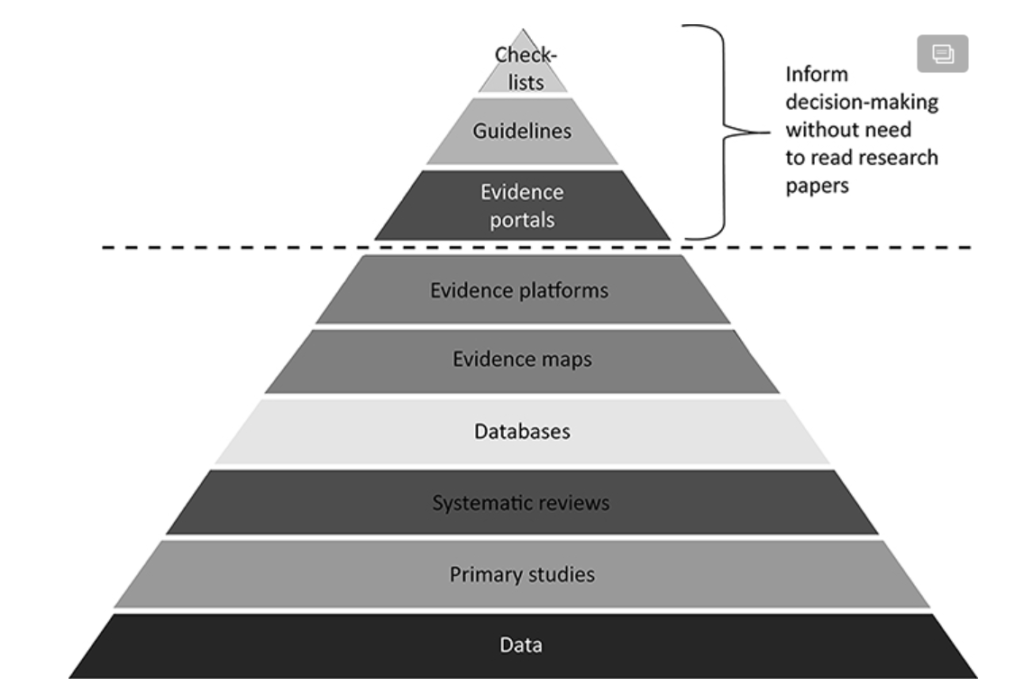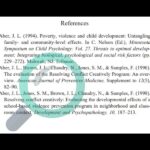Knowledge Translation: Turning Evidence into Action
Research is usually synonymous with knowledge generation. It can be seen as a quest to answer certain questions and gather evidence on the possible answers to these questions. While there is an accumulation of evidence through research, it is equally important that the evidence generated feeds into the real-world policies that are being made and implemented.
In healthcare, studies have shone light on how there is inconsistency in what the evidence points to and what is often practiced within clinical settings. This in some cases has meant that patients are unable to benefit meaningfully from advances made in research (Grimshaw et al., 2012). While discussing about the world of social action, Sarason (1978) pointed out that social scientists have to often consider several factors outside of solely data when it comes to influencing public policy. It is not enough that one has solutions to a problem, but there needs to be an environment where these solutions are valued, understood and taken up.
A term that has been gaining leverage in relation to evidence-based policy making is knowledge translation, often also described as knowledge brokering. As the term ‘translation’ suggests, this involves a process of rendering research findings in more accessible forms for a wide selection of stakeholders. The aim is to establish a conducive environment for the use and understanding of evidence from research in policy (White and Welch, 2022).
White (2019) offers a strong imagery in the shape of an evidence pyramid to help us comprehend the crucial role of knowledge translation in making evidence use an integral part of policy implementation (Fig.1). At each stage of the evidence pyramid, a level of knowledge translation occurs making the evidence available in a much more curated manner. While the base of the pyramid begins with data that goes into primary research and is further curated into systematic reviews, the tip of the pyramid has much more easy-to-use evidence products. The idea is that these evidence products are not only backed by strong research but are simultaneously easily accessible to policy practitioners and decision-makers. Thus, individuals and organisations are able to put in place an intervention without accessing the actual research paper or data source (White, 2019).

The methods, content and tools of knowledge translation are varied, largely determined by its target audience. Is the evidence supposed to reach policy practitioners, intervention beneficiaries or policy-makers? For instance, in a healthcare setting, the intended target could be clinicians, patients, a population at large, or other policy makers (Davis et al., 2003). In the housing policy context, evidence on what works to address homelessness could be used by community-based organisations, local government representatives, police departments, hospitals, schools, homelessness shelter workers or government ministries.
Different target groups require different evidence-based decision-making products. For example, the primary research conducted by The Passage, a voluntary organisation, provided vital evidence linking modern slavery and homelessness in England. This evidence, made available through a report commissioned by the Independent Anti-Slavery Commission, was able to get the UK government involved in the creation of a toolkit. This evidence-based toolkit guides organisations in the homelessness sector, local officials and other allied workers in creating relevant services and forming multi-agency partnerships to support victims of modern slavery (Clarke, 2023). This process of developing a toolkit illustrates the need for multiple evidence products and the different strategies of knowledge translation needed to engage different stakeholders.
Multiple stakeholders involved in the policy process and the diversity in their expertise and understanding of evidence reinforces the need for different levels of knowledge translation. Here, it is important to gauge the knowledge level of the target group, the ways in which they apply this knowledge and the routine ways in which they consume information (CIHR, 2015). Evidence can be available through primary studies that capture the data to answer a particular research question. Systematic review is a different kind of evidence product that accumulates evidence by systematically analysing primary studies. Evidence and gap maps provide a visual representation of the available evidence, where is it concentrated and which intervention needs more study? Other more streamlined evidence-based decision-making products include evidence portals, toolkits, guidelines and checklists (White, 2021).
Clearly, lack of evidence is not the only reason why a particular public policy issue remains unaddressed or inadequately dealt with. Often, it is the gap between evidence and policy, what is known and what is practiced that creates an impediment to successfully tackling a public policy concern. Knowledge translation is vital in reducing this gap and meaningfully engaging with evidence to break down the barriers in converting knowledge into action.




